Mediums are important additions to the oil painter’s toolbox. They modify the feel of paint, change the surface sheen, build or reduce viscosity, and in some cases, can be the driving factor behind the aesthetic of a work. Williamsburg Handmade Oil Colors Alkyd Resin can be mixed with oil paints to improve leveling, increase transparency and impart a glossy, tack-free surface. The Extender Medium increases the amount of paint with minimal change to color or consistency.
Alkyd Resin (Slow Drying)
Alkyd Resin is a viscous, honey-like medium, with a light amber color and long, stringy rheology. It is sticky and leveling. Like other alkyd mediums, our Alkyd Resin can be mixed with paint directly out of the container or thinned with solvent before use. It can also be a component in a medium by mixing it with other drying oils and/or solvent to customize the consistency and working properties. When used in small amounts with paint, about 10-15% by volume, it softens brush strokes and increases saturation. As the amounts are increased, regular paints start to function like fluid enamels providing a glossy, hard finish with exceptional leveling. Here is a clip showing the color and viscosity of this medium.
Alkyd Resin can also be used for glazing or oiling out areas that will be directly painted into. It provides a slightly sticky surface that can be ideal for applying details with paint modified with the same medium. Because the medium is so sticky, these areas can be lightly brushed over while wet to smooth the surface without destroying the detail.
Our Alkyd Resin is considered a slow drying alkyd. When used on its own, it usually takes about 3-4 days for the Alkyd Resin to completely dry to the touch when used in a thickness of about 2-3 sheets of ordinary office paper. Working time is usually several hours and can be extended with the addition of solvent. Alkyd Resin’s drying profile is similar to the middle of the range of most oils, meaning that one can get all the benefits of adding an alkyd – gloss, hardness, and not being susceptible to solvents like natural resins – without sacrificing the open time that allows oil painters to manipulate edges and blend over an extended time.
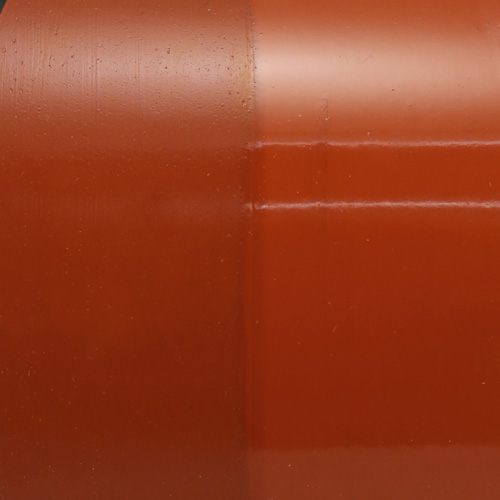
This product should be used like other oil-based mediums – added in minimum amounts into the lower layers of the work and then increased, if desired, into the upper layers to provide more gloss and transparency. The more Alkyd Resin that is added to the paint, the more transparent the mixtures will become. The paint layers should be thinner the more medium is added, as medium rich mixtures can wrinkle if applied too thickly. It is not recommended to use Alkyd Resin on its own as a final layer of an oil painting because it is a non-removable film and will yellow over time. Yellowing should not be an issue when used in mixtures or in glazes, as the yellowing of the oil will be masked by the color of the pigment in the paint and is much less discernible in thinner layers.
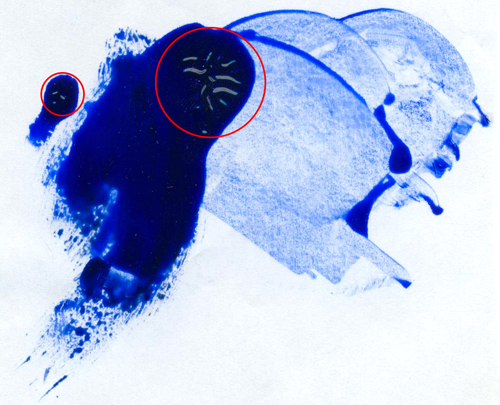
Extender Medium
Extender Medium, previously called Impasto Medium, is essentially colorless paint made with inert pigments in linseed oil. It is intended to be used as the name implies, to extend paint. It is made from marble dust (calcium carbonate) and barium sulfate which are typically used as modifiers for oil paint to improve feel and dry time. When used in larger amounts, these pigments are categorized as fillers, as in the case of student-grade oil paints.
Extender Medium is a translucent, pale grey paste that has a similar consistency to most of our oil paints. It has a very low tinting strength and only slightly lightens and changes the sheen of most colors when mixed in. An ideal use for the extender Medium is when you want to mix a larger quantity of straight paint and don’t mind a slightly less saturated color or a muted sheen. Using mixtures made with Extender Medium can be a very cost effective way to cover a lot of surface area. Underpaintings are a great opportunity to use the Extender. It can also help mix certain tints and colors that would otherwise not be available simply with the addition of white or other tube colors. A normal brushed out layer dries in about 3-4 days.
We recommend a starting ratio of one part paint to one part Extender Medium. While you can go higher, you should consider the color you are mixing it with when using higher ratios. For example, when Extender Medium is mixed with transparent colors, it makes them more opaque, and when mixed with dark colors, it makes them noticeably lighter. Also, because the Extender is rather translucent, it does not have the capacity to mask the yellowing of the linseed oil. If too much is added to a color that is also vulnerable to yellowing, such as white or a transparent, low tinting strength color like Ultramarine Pink, then that mixture could develop a yellow cast over the long term. Even though additions of Extender Medium only slightly change most tube colors, it becomes pretty clear that the strength of the color has been reduced when mixtures made with Extender are tinted with white. Like Alkyd Resin, we do not recommend using this product on its own because of yellowing and because calcium carbonate and barium sulfate form a soft film when not used in conjunction with other pigments.
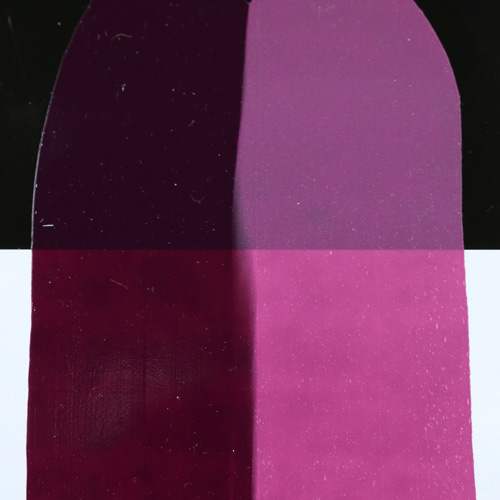
We hope these mediums encourage you to explore as you realize your artistic goals. As the saying goes, moderation in all things is the best policy. Keep that in mind as you add any mediums to your oil paints, as small additions can go a long way to provide modified feel and visual effect as well as extending your paint.
Please contact GOLDEN Technical Support with any questions or comments about this article or any other paint related topic. [email protected] or 800-959-6543.
About Greg Watson
View all posts by Greg Watson -->Subscribe
Subscribe to the newsletter today!
No related Post

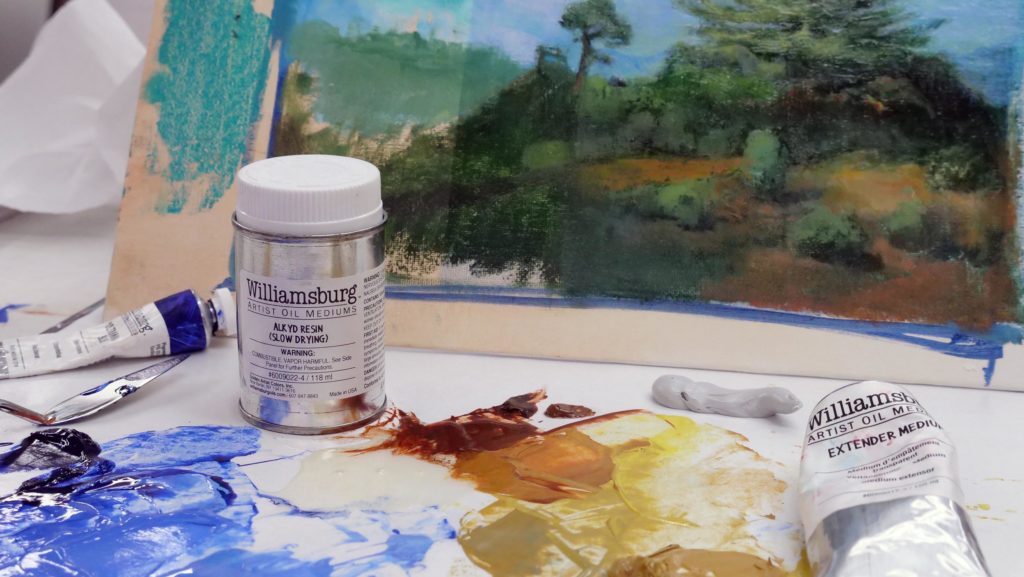
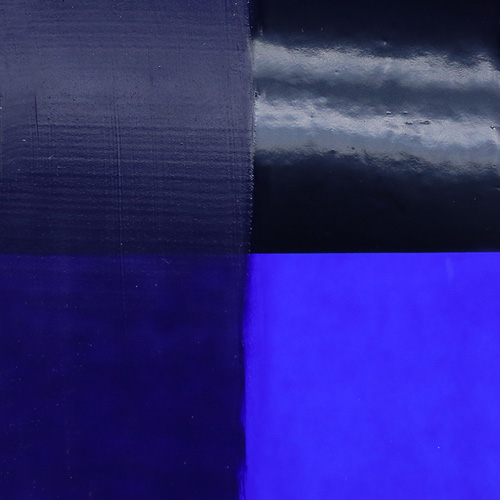
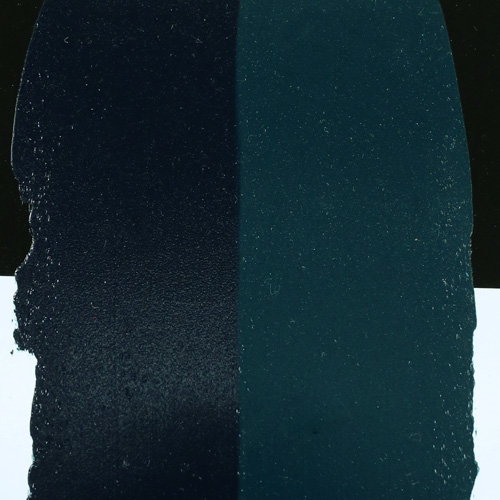
How did I never know of this extender medium before? It looks amazing, thanks for the info on this wonderful product.
Hi Joshua,
Not sure. Some retailers do not carry the Extender Medium, so you might not have come across it. It is only available in 150ml tubes. Your local art supply should be able to order it for you if they don’t have it on their shelf. It is a really nice product. We hope you enjoy!
Greg
Your alkyd resin looks amazing, however, it is only suitable for the upper layers of a painting. I find that underpainting is the quagmire that makes or breaks a painting. I wish you guys would undertake a study on the do’s and dont’s of underpainting… Painters are increasingly doing their underpainting in alkyd paints, then working over this layer with conventional oils. How archival this is, remains a mystery… Will you guys be bringing out a range of alkyd paints?
Hi Alex – The author of this article, Greg Watson, is away this week but I didn’t want you to think we had forgotten you. I am sure he will chime in once he gets back. I can say that we do not have any current plans to develop a line of alkyd paints, but of course, alkyds in general are a category we continue to study and investigate. Also thanks for the suggestion about doing an article on the do’s and don’ts on underpainting. That is definitely an area in need of some clarity, so we will definitely add that to the list of topics to research.
Hello!
Is Extender Medium gritty? If not, do you have something on offer that can add tooth to the linen white impasto layer?
Hello Tinat,
No, Extender Medium is rather smooth and we do not have any whites that have a coarse texture. The closest thing would be mixing French Ardoise Grey, which has very weak tinting strength, into white to create an off white color with a little grit. Or you could use a textured acrylic ground first to establish increased tooth, then paint on top of that with oils. Pastel Ground, Fiber Paste or Coarse Pumice Gel could be used for this purpose.
Let us know if you have any questions about these products. You can email [email protected] or call 800-959-6543.
Thanks,
Greg Watson
Hi Greg,
Following up to a previous question using Alkyd resin as an underpainting, or as a first layer over Williamsburg lead white oil primed canvas. Can you suggest how I can use alkyd resin as an isolating varnish with charcoal and graphite underdrawing?
I made a some test:
1) alkyd resin + odorless mineral spirits (1:1)
2) alkyd resin + stand oil + odorless mineral spirits (1:1:1)
3) titanium white oil paint (Williamsburg) + alkyd resin + odorless mineral spirits (1:1:1)
So far they all worked fine to isolate the underdrawing. The disadvantage is the drying time, which I would like to accelerate to one day, and reduce the glossy finish. I’m hesitant using dryers in the underpainting. Any suggestions or alternatives? How archival is this approach?
Thanks,
Paul
Hello Paul,
We have not tested using Alkyd Resin as an isolation coat over a ground or as an underpainting medium, so cannot comment on its longevity. Mixing it with paint and some thinner might be the best option of the three, as you would be building some body into the layer with the paint additions and making it very thin with the solvent. Adding stand oil at that stage might be a bit too “fat” and slow down drying, as the stand is fairly slow to dry.
Alkyds all have driers to get then to set up so fast. Anything that dries to the touch overnight is going to be fairly maxed out with drier, at least as far as fine art materials are concerned. Not sure what you could do about the gloss. Most alkyds have a glossy finish. Adding more paint than medium and some thinner might help to knock it back a bit.
Best wishes with your testing. Let us know how it goes!
Greg
How soon does the yellowing occur when using the extender? I bought a tube but now concerned. I liked to add marble dust to paint to and was going to try this instead. Does it dry matt or satin when added to paint?
Hello Selena,
Yellowing is a relative term and greatly depends on how oil paints and the Extender Medium are used. In most cases, if the extender is used in smaller amounts, you should not notice any yellowing. When it starts to be mixed with paint at a one to one ratio or higher, and with certain colors such as white or blues that are vulnerable to show changes due to yellowing, then you may notice some yellowing over the long term. Yellowing can start to settle in after several months to several years time. The Extender Medium has a rather flat sheen on its own and will push most colors toward matte or satin depending on the amount you add. We recommend only using the minimum amount needed to get your desired effect. The benefit of using the Extender compared to simply adding marble dust, is it already provides adequate oil to surround the solids, so there is no risk of the paint layers becoming underbound.
We hope this helps. you can always call 800-959-6543 or email [email protected] with additional questions.
Greg
Hi. Can Extender Medium be used to make an opaque Titanium White more transparent? Similar to the semi translucent quality of a Titanium/Zinc mixed paint or a Lead White? I’m looking to for a good semi transparent white for mixing with colors, without zinc, but also prefer paints with linseed as the binder. Thank you!
Yes you should be able to increase transparency with this product. It has a grayish color, so it may influence the color of your titanium, but shouldn’t be much. We do not recommend going over 1 part Extender to 1 part paint. As it is a little more transparent, it will show the yellowing of the oil more when used in higher ratios. Flake White is another option for a translucent white made in linseed oil. It also has the added benefit of being incredibly durable. Enjoy!
Greg
Hello, is the extender medium ground in alkali refined linseed oil, or bodied oils? I have tried a similar product from another brand but since it contains bodied oil it makes it difficult to brush with soft brushes without thinning. I’d rather have a product with thinner oil. Thanks.
Hello Alberto,
Thanks for your question. Yes, the Extender Medium is ground in alkali refined linseed oil. It has a slightly softer feel than most of our colors and should be fairly easy to brush. We hope you enjoy!
Greg
Hello Greg,
I tried the Extender Medium and really like it. I was thinking about giving a try to the Alkyd Resin. I normally use Stand oil in the final layers, and was looking for something similar with hopefully a bit less drag in the brushes. Does the Alkyd Resin behave the same as Stand Oil when brushing, or is there any subtle difference you could add?
Thanks so much again.
Hi Alberto,
Sorry for the delayed response. Yes, the Alkyd Resin does have a bit of brush drag. There is also a point in the working time when the solvent has flashed off and the material becomes sticky. This is not something that happens with stand oil until it starts to set up after some time. With the Alkyd Resin it can begin to drag within a couple hours. At that point, the addition of some solvent can begin to soften the material and help with blending. Hope this helps. give a call or email [email protected] with any additional questions.